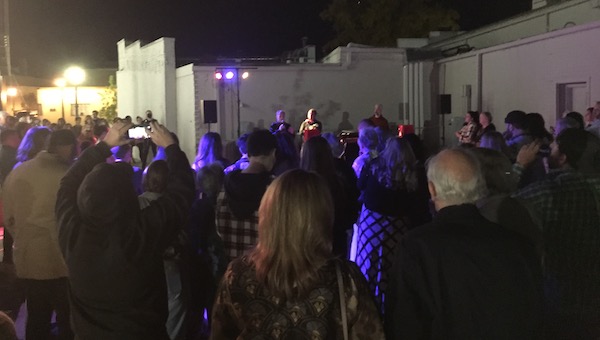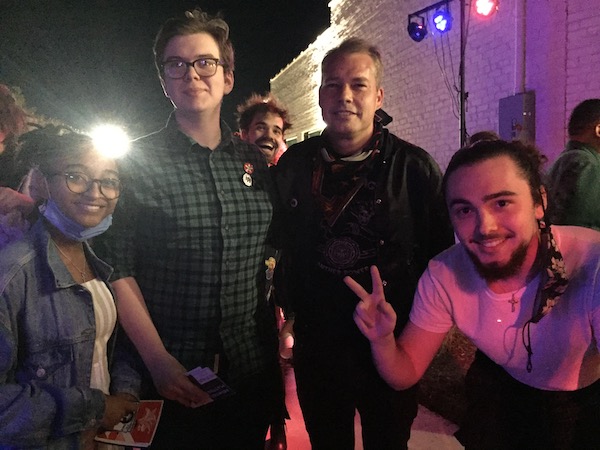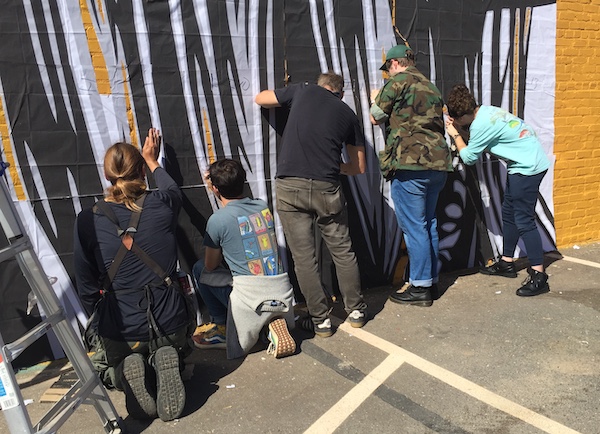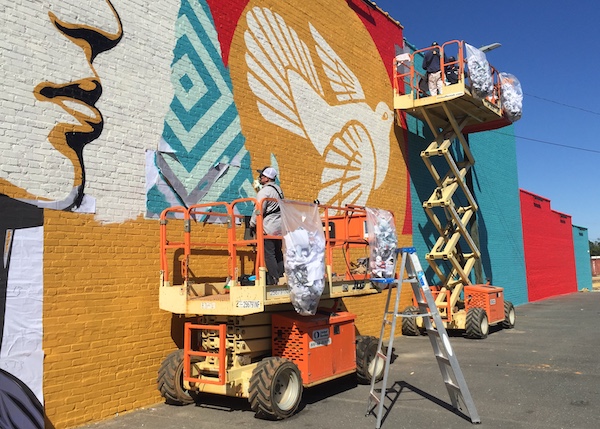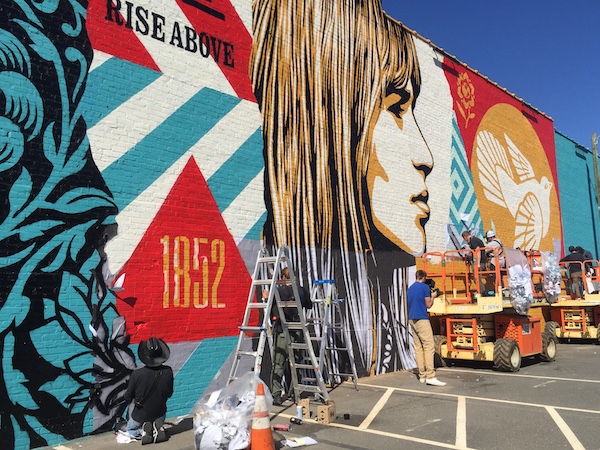I'm thrilled to have my friend, Eugene Yelchin, here today to talk about his latest book, THE GENIUS UNDER THE TABLE. It's the story of his childhood in St. Petersburg, Russia, and it is a unique and moving history - I didn't want it to end! So, without further ado, here's Eugene...

Let’s talk about naked mole rats.
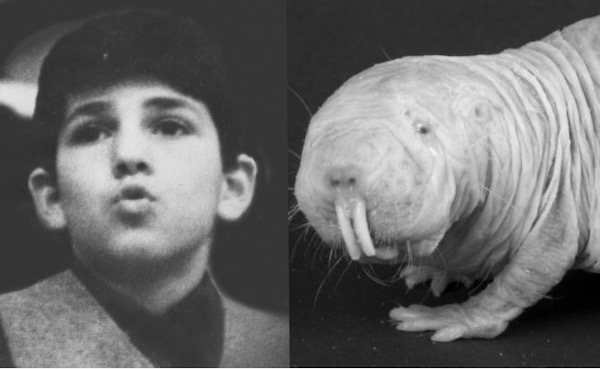
A colony of hairless creatures, nearly blind, loosely wrapped in semi-transparent skin. No holidays, no weekends, and no rewards for their endless labor in the gloom of the subterranean tunnels. Try to argue against such oppressive condition, and you’re as good as dead. The enormous queen, the naked mole rats’ ruler, is keeping her vigilant eye on you. But what is there to argue about? If you are a naked mole rat, the dull and dreary life is all you know.
And yet, in every generation, one naked mole rat comes along who does not accept what it was born into. Somehow, inexplicably, the fellow is curious: is there another life beyond this colony, life free of terror, free of mindless labor, subterranean darkness, near blindness?
The curious mole rat is so unlike the rest of its colony that even the punishing queen looks the other way. To admit the presence of someone so different from her serfs is to admit that her colony is not perfect. Thus, left alone, shunned by its compatriots, storing fat for the arduous journey ahead, the mole rat is planning its escape. And so one fine day, its head pops out of the hole, blinks into the unbearable light, sniffs the air, and when the cost is clear, the courageous fellow flees to freedom.
But why is that mole rat so different from the others? The scientists will provide you with learned explanations, but I have my own silly theory. I suspect that the fugitive mole rat is an artist. It is curious as an artist. It is imaginative. Its point of view is unique. It is driven by creative passions. Its only responsibility, as the Russian American author Vladimir Nabokov would say, is to be irresponsible.
Like it or not, this is a way of an artist, but also that of an immigrant. I happened to be both. I am an artist and a refugee from the former Soviet Union. As a result, the naked mole rats were on my mind as I was puzzling out my recent memoir,
The Genius Under the Table: Growing Up Behind the Iron Curtain published by the Candlewick Press.

Writing this book was far from easy. To begin with, it is different from any other book that I have written up to now. It is not a work of fiction, for example. Names, characters, events, and incidents described on its pages are not the products of my imagination, not by a long shot. Any resemblance to actual persons, living or dead, is certainly not coincidental. I relied on my memory, lengthy conversations with my brother, and the family lore. The question that I have attempted to answer was this: how and why I had been able to shift from the obedient mole rat to a risk-taking, passionate, and, ultimately, irresponsible artist.

Irresponsible, because the truth of it is, I wrote this book for myself. It is highly personal, embarrassingly so. Its chapters are filled with questions. Why was I different from my peers? What made me curious? Where did my imagination come from? How did I become an artist? And most importantly, were my imagination, curiosity, and passion for art the reasons that helped me to escape my own colony, the former USSR?
Eugene's studio is below - click to see it larger in a new window.
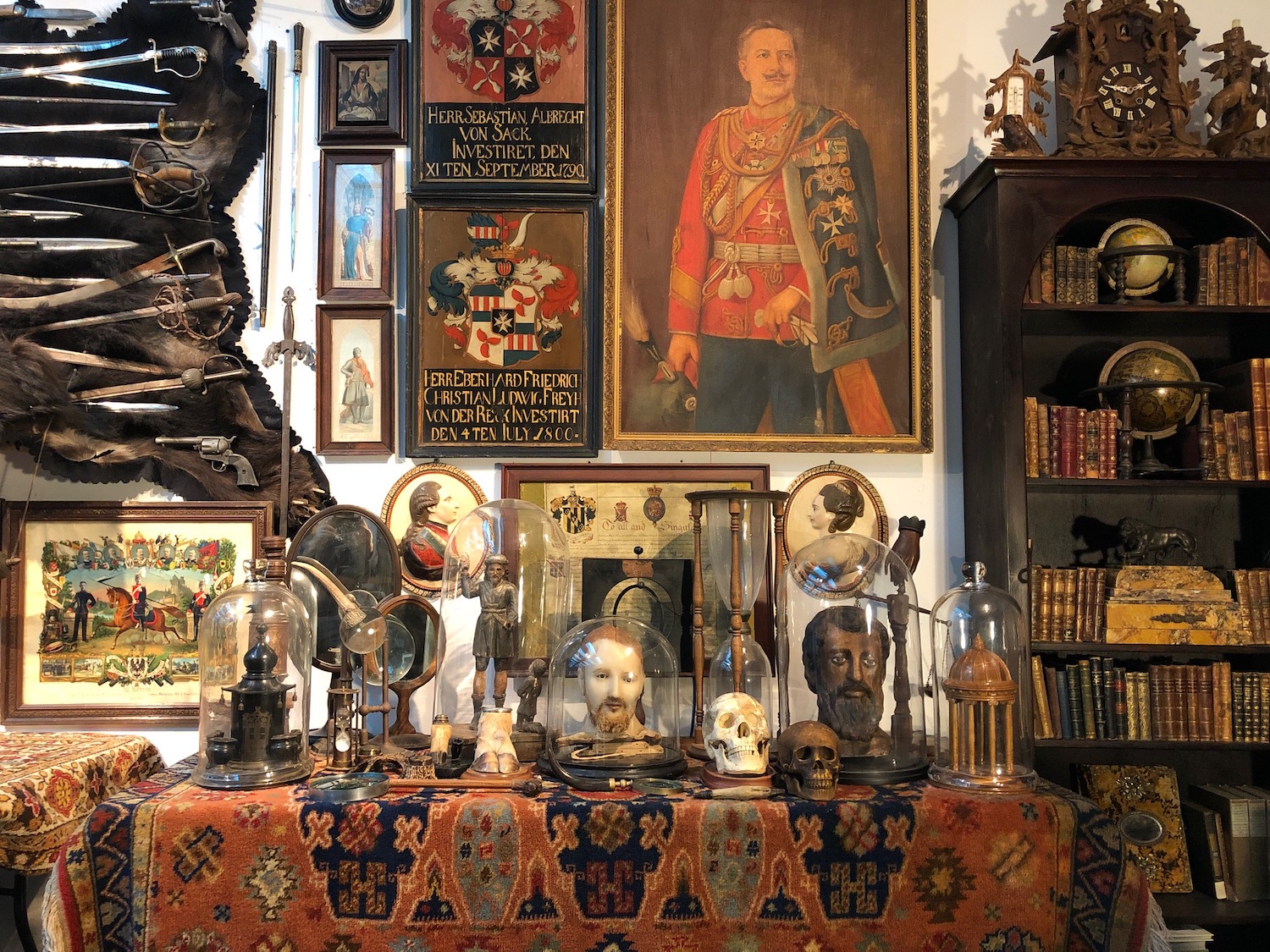
Whether I have succeeded or failed is not for me to decide. I hope the readers will like it in part because the book turned out to be funny. But more than anything I wish to smuggle my memoir to the naked mole rats’ colony. I wish the mole rats could read it. I drew so many pictures for this book, they could easily follow the story. What will they think? Go on with their dreadful chores as before? Or rebel against the oppressive queen? Naturally, I hope for the latter.






